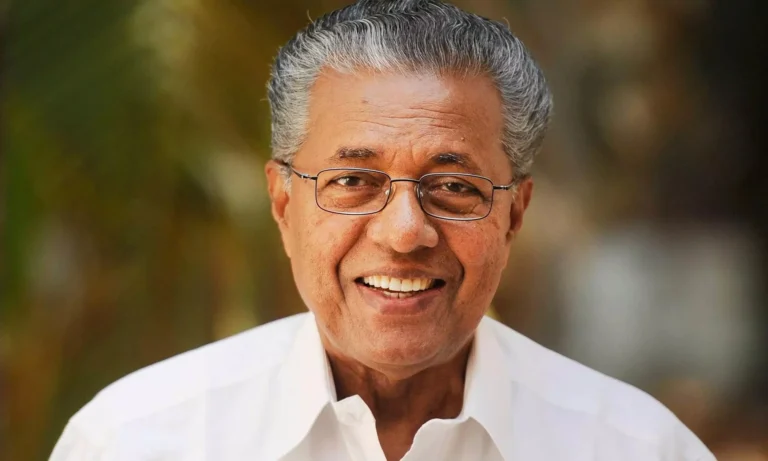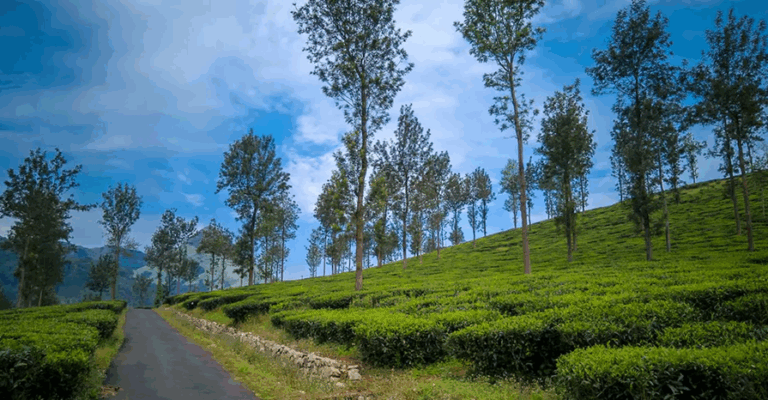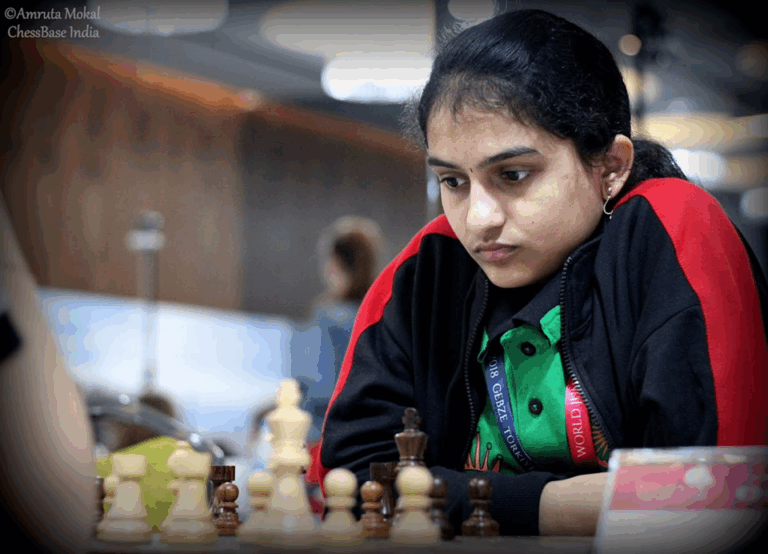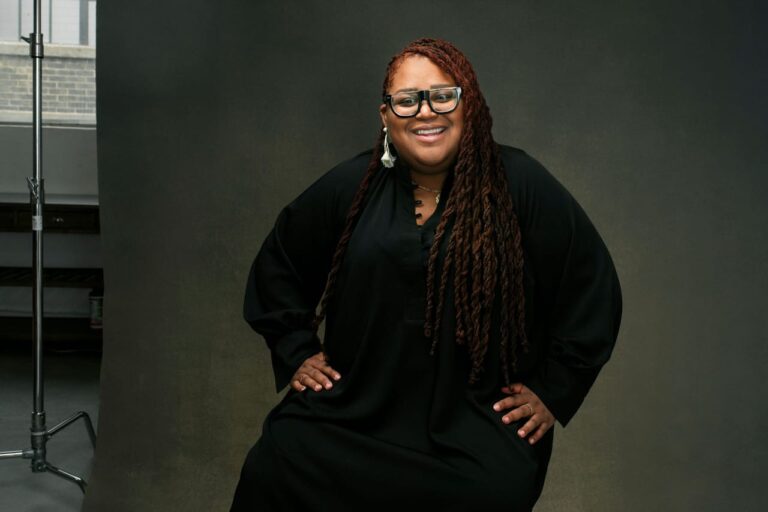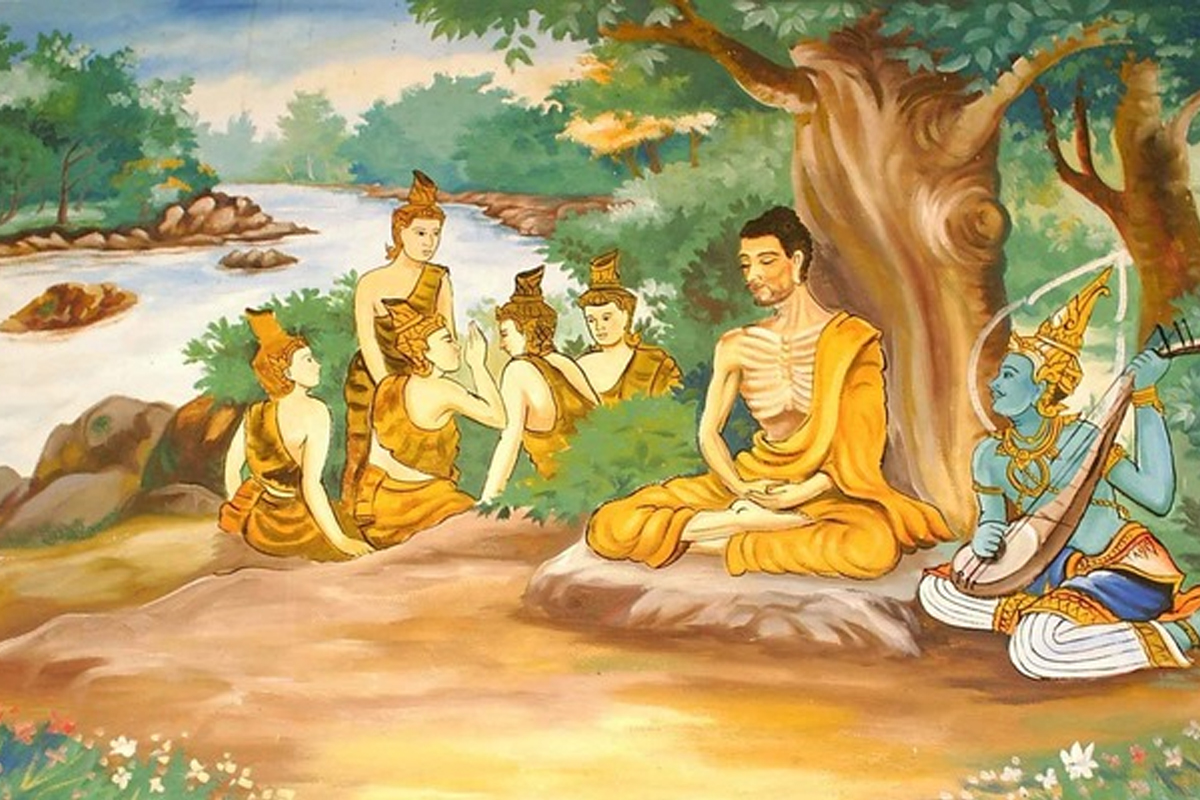
Society in the later vedic age became increasingly complex and came to be divided into four varnas- Brahmanas, Kshatriyas, Vaisyas and Sudras.
Brahmanas: The growing cult of sacrifice enormously added to the power of Brahmanas, who performed various rituals and sacrifices for their clients. In the beginning, they were merely one of the the sixteen classes of priests, but later on they overshadowed others.
Kshatriyas: They constituted the warrior class. Majority of the rulers belonged to this class.
Vaisyas: They were the agriculturalists, cattle reares, traders, artisans and metal workers, which formed the bulk of population. In some texts the Kshatriyas are representd as living on the tributes collected from the Vaisyas.
To Download KPSC Question Bank App: Click Here
Sudra: They were the lowest in social hierarchy and were meant to serve the upper three varnas.
- The upper three varnas were known as the Dvijas (twice born) i.e. they were entitled to Upanayana or investiture with the sacred thread.
- Education began with upanayana ceremony. Sometimes the girls were also initiated. The age of upanayana was eight years for Brahmanas, 11 for Kshatriya, and 12 for Vaisyas.
- Certain sections of artisans such as Rathakara or chariot maker enjoyed high status and were entitled to the sacred thread ceremony.
- In later vedic age, polygamy was prevalent and there were instances of child- marriage.
- The term Nagara appears for the first time in the later vedic age, showing faint beginnings of town life.
- Design



